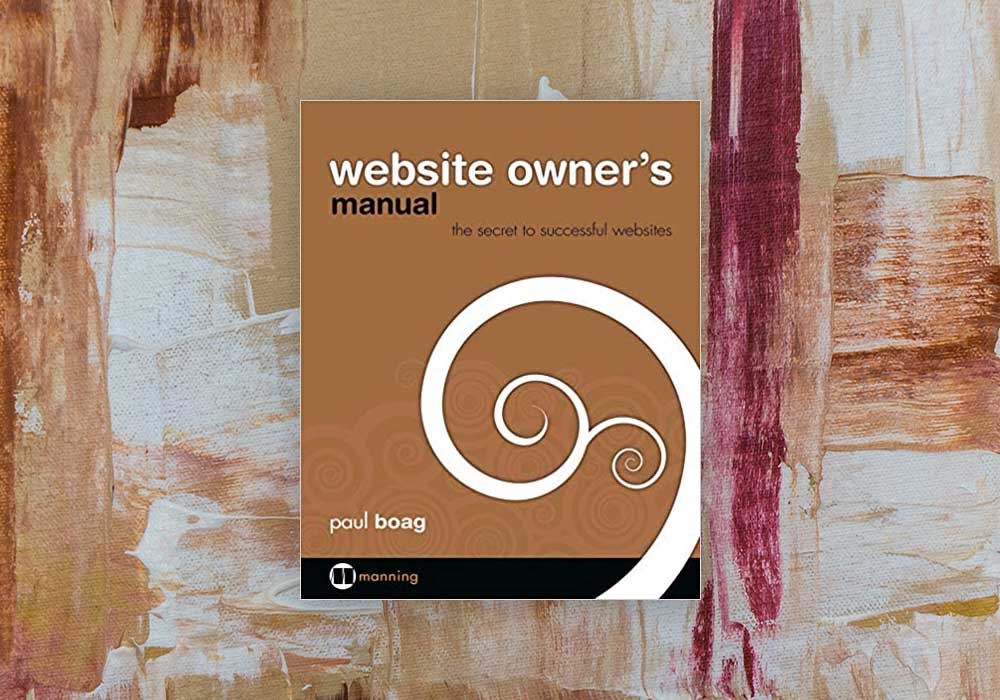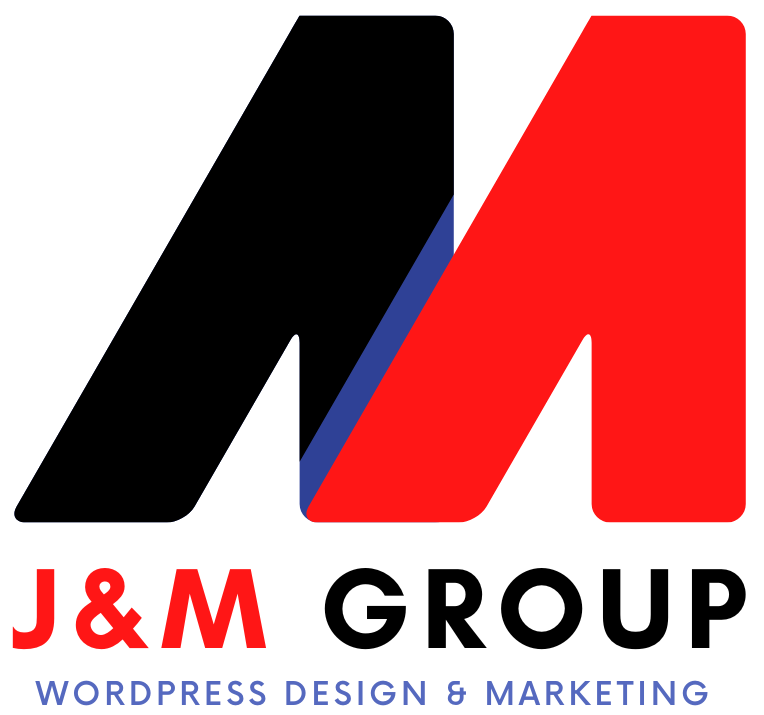
Many small business owners view the website development process with some trepidation, mainly because they’re only familiar with the Internet as end-user.
Just because you’re responsible for your organization’s web presence doesn’t mean you know how to build a website. The job of planning, launching, and managing a site often falls to people who have little or no experience in web design or development. Website Owner’s Manual is a book for the thousands of marketers, IT managers, project leaders, and business owners who need to put a website in place and keep it running with a minimum of trouble.
about the book
Website Owner’s Manual helps you form a vision for your site, guides you through the process of selecting a web design agency, and gives you enough background information to make intelligent decisions throughout the development process. This book provides a jargon-free overview of web design, including accessibility, usability, online marketing, and web development techniques. You’ll gain a practical understanding of the technologies, processes, and ideas that drive a successful website.
The Website Owners Manual, yours free when you become a J&M Group client, introduces basic processes, concepts, and terms that you will encounter when working with designers/developers.
This excellent and compact (260 pages) guide targets individuals responsible for managing their business website.
You will be provided with all the information needed for the proper care and website maintenance. This includes technical details (like your host, domain registrar, DNS records, logins, & more), a maintenance schedule (for daily, weekly, monthly & annual tasks), and a troubleshooting guide for common WordPress problems.
The WOM does a sterling job of defining roles for owners, designers, and users. For small business owners who have fingers in a lot of pies and know little about website development, this concept is crucial to the success of your project.
The WOM includes:
Important Website Details
All the important records like hosting, domain registrar, login credentials,
and more all in one comprehensive document.
Maintenance Overview Schedule
Explains all the daily, weekly, monthly, and annual tasks of website owners
are now responsible for ensuring a properly maintained website.
Troubleshooting Guide
Useful tips on the common problems they might face now that they are
responsible for the upkeep of their entire website.
Along with your website, we’ll include a customized copy of The Website Owner’s Manual.
Website Maintenance by Yoast
Keeping your website and content up-to-date is important. Your visitors like that and search engines do too! Don’t forget old content. Don’t forget to redirect when deleting old posts, and prevent duplicate content. Our posts will help keep your website clean and fresh!
To get started on your new website, contact us or call Marcia at 561-906-3436.



